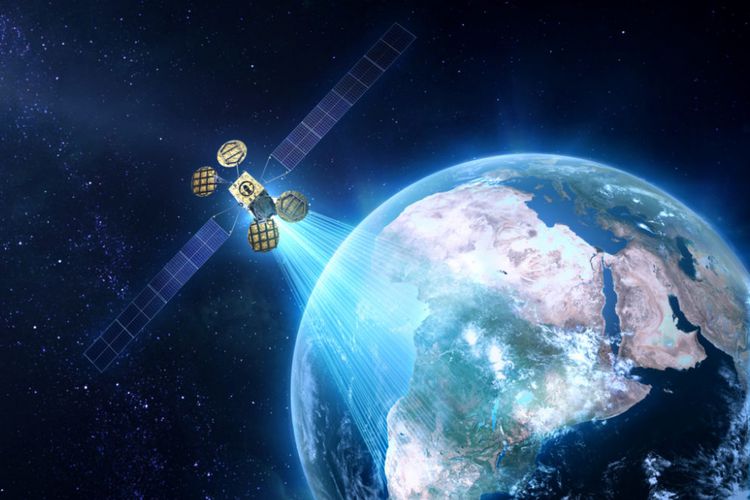Having successfully launched the Falcon Heavy rocket some time ago, the space company SpaceX led Elon Musk is now starting work on an ambitious project Starlink.
Announced in 2014, Starlink plans to use about 12,000 micro satellites into Earth orbit to transmit internet connection signals from space.
Read also: QUALCOMM INTRODUCES 2 GBPS LTE MODEM CHIP
The first two microscopes to construct the constellation will reportedly launch with Falcon 9 rocket from US Vanderberg Air Force Base in California on Sunday (18/2/2018) local time.
The two micro satellites named Microsat-2a and Microsat 2b will ride the same rocket with Earth’s observation satellite, Paz, owned by Spain. However, SpaceX still has not given an official announcement about this.
When completed, tens of thousands of micro satellites in the Starlink project will be divided into two groups. The first group consists of 4,425 orbiting satellites at an altitude of 1100 kilometers.
The second group of 7,518 satellites will orbit at an altitude of 320 kilometers and operate with radio signals at different frequencies. Thousands of these satellites will transmit internet connectivity to the receiving antenna on the Earth’s surface.
As summarized by Infocommworld.com from The Verge on Sunday (18/2/2018), later, Starlink satellites will continue to move following their respective geostationary orbit in space.
Because it envelops the entire planet, they can also provide internet connectivity throughout the Earth.
Welcomed
Elon Musk, the chairman of SpaceX and boss of electric car company Tesla had previously said that Starlink internet connection will be offered with “low price”.
However, this project is potentially a money machine for SpaceX.
A projection circulating in 2017, for example, mentions that SpaceX hopes to embrace 40 million Starlink Internet customers by 2025, with revenues of $ 30 billion that year.
Before that could happen, SpaceX still had to solve some problems related to the Starlink project, such as issues related to the coordination of thousands of micro satellite movements.
Because the satellites are always on the move, the receiving antenna must be able to quickly determine which satellites can give the best signal to keep the internet connection quality up.
In addition, the main problem is that SpaceX must secure the radio frequency that will be used to transmit internet connection from space.
SpaceX is known to have applied various applications related to radio frequency usage to the Federal Communications Commission (FCC) telecommunications authorities in the US who are authorized to regulate it.
The FCC welcomes Starlink. Last week, the FCC chairman expressed his enthusiasm for the Space X project.
“To bridge the American digital gap, cities need to use innovative technology,” Pai said.
“The SpaceX application – along with other satellite companies wishing to take licenses or access the US market for non-geostationary satellite orbiting systems – is one example of this innovative technology,” he added.
A number of similar applications from other space companies, such as OneWeb, Space Norway, and Telesat have previously been approved by the FCC. It seems only a matter of time before SpaceX gets a green light.


2 thoughts on “SpaceX Launches 12,000 Internet Spread Satellites”